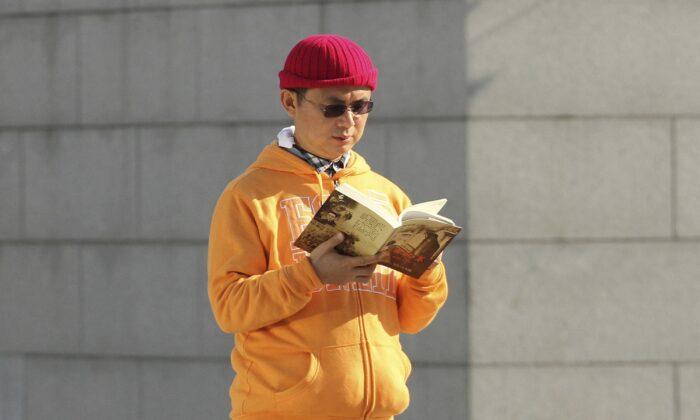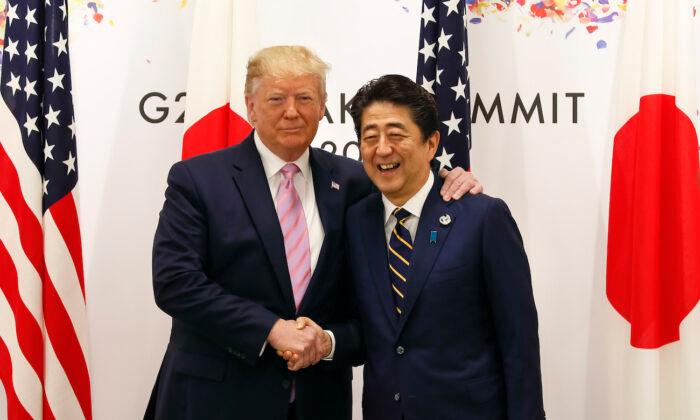The Chinese Communist Party (CCP) has stepped up tech collaboration with eastern European and central Asian countries within the framework of the Belt and Road Initiative (BRI), according to leaked government documents The Epoch Times recently obtained from a trusted source. An analyst believes this is an attempt to counter the West’s attempts at limiting transfer of intellectual property to China.
BRI is Beijing’s foreign policy project to build political influence via investing in infrastructure projects throughout parts of Asia, Europe, and Africa.

On Nov. 28, 2018, the international cooperation department of the CCP’s Ministry of Science and Technology issued a notice, stating that it is partnering with former members of the Warsaw Pact (also known as the Warsaw Treaty Organization) to build an international tech alliance.
The Warsaw Pact was established by the Soviet Union in 1955 as a counterweight to the North Atlantic Treaty Organization (NATO). It was a military alliance between the Soviet Union and seven Eastern Bloc communist states: Albania (withdrew in 1968), Bulgaria, Czechoslovakia, East Germany, Hungary, Poland, and Romania. The Pact was dissolved in 1991.
Transnational Tech Group
The BRAST was co-launched by China and Kazakhstan in 2018 in accordance with a joint communiqué from the BRI roundtable summit for international cooperation.It is worth noting that the BRAST is rarely mentioned in China’s official reports.
The organization charter states that council members are selected from BRI countries and they are experts in their fields, including scientists, academicians, business leaders, former politicians, and high-ranking officials.
The alliance consists of the following departments: (1) mass member conference; (2) the Council; (3) the Secretariat; (4) the Professional Committee; (5) the Industry Committee; (6) the Finance Department; and (7) the Legal Affairs Department.
The BRAST focuses on setting up global science and technology platforms; cultivating talent and think tanks for member states; and establishing major international projects and labs, including R&D in critical technologies.
The agency has formed partnerships with industries, universities, and research centers with the above-mentioned countries.

BRAST is administered by China’s Ministry of Public Security, which is in charge of the country’s police, and Kazakhstan’s Ministry of Justice. The BRI work leadership group oversees the organization and makes the final decisions.

What Is Behind the BRAST?
The United States imposed sanctions on top Chinese tech firms such as Huawei, ZTE, and Hikvision, citing national security threats. The Federal Communications Commission (FCC) in June formally designated Huawei and ZTE as national security threats, banning U.S. telecommunications providers from tapping into an $8.3 billion federal fund to buy equipment from the firms.In October, the White House released the report, “National Strategy for Critical and Emerging Technologies,” which identified 20 technology areas as critical to U.S. national security, including artificial intelligence (AI), energy, quantum information science, communication and networking technologies, semiconductors, and space technologies.
One month later, the CCP released its “14th Five-Year Plan” (for the years 2021–2025), which focuses on developing China’s key technological areas such as semiconductors, artificial intelligence, quantum information science, integrated circuits, and aerospace technology.
The two countries’ programs overlap in multiple fields.
U.S.-based China affairs commentator Li Linyi noted that the nations named in the Chinese government documents are former members of the Warsaw Pact. As most of them are former communist countries, he believes that the CCP is targeting them to further build political and economic ties—especially in light of recent U.S. restrictions on Chinese tech companies.
Li said a new “Warsaw Pact” has taken shape in the name of global tech cooperation, through which the CCP is posing a grave threat to the U.S.-led international order.





